
Inspired by our exhibition at Yarndale 2016 (24-25th Sept), we’ve delved deep into the colourful history of this most ancient of crafts.
In the beginning
The Danes developed a technique called Nålebinding (which literally translates as ‘binding with a needle’) in around 6,500BC. Known as ‘knotless netting’ or ‘knotless knitting’ in English, Nålebinding predates both knitting and crochet and uses just one needle with an eye.
Nålebinding was not archeologically recorded in England until the discovery of the ‘Coppergate Sock’ during excavations in York in 1972.
Nålebinding is still produced in Scandinavia, Iran and Peru to create dense and durable garments such as hats and scarves.
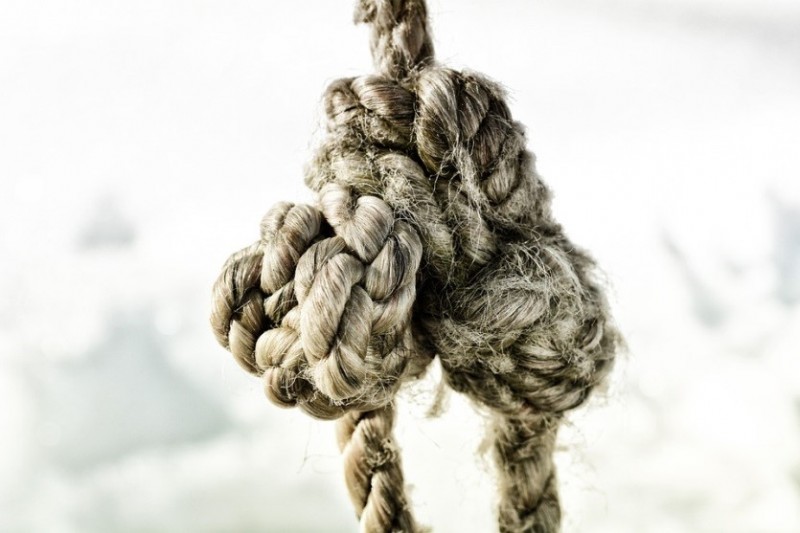
DID YOU KNOW? The word knitting is derived from the old English word ‘cnyttan’ which means to knot.
Hand knitting
Traditional hand knitting is thought to have evolved in the Middle East and spread to Europe along various trade routes. The oldest known example of knitting is a pair of 11th century socks which were discovered in Egypt. These particular knitted pieces are so fine and complex that it can be assumed that knitting in fact goes back much further.
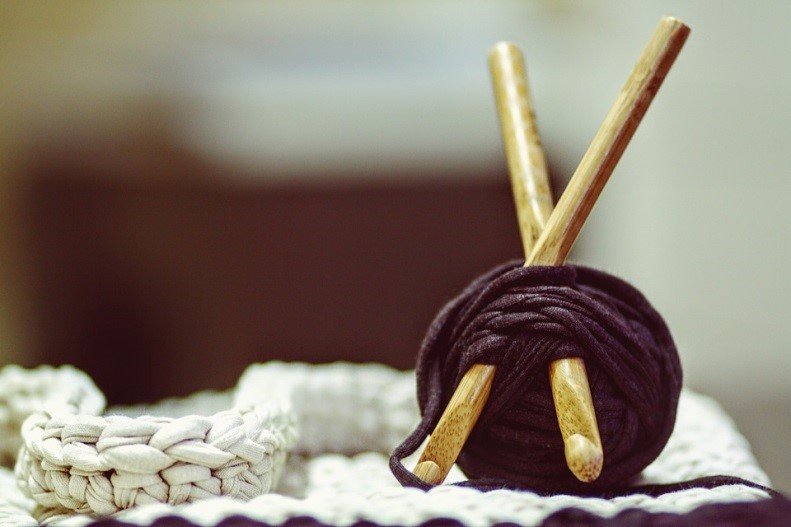
The Spanish royals of the 13th century employed Muslim knitters - who were able to knit silk at an incredible twenty stitches per inch - to produce fine quality garments. However, it wasn’t until 1524, some three hundred years later, that the earliest known knitting pattern was produced.
The knitting industry
From the 14th century though to the industrial revolution, knitting became a hugely important occupation. In some cases, whole families including the men, were involved in the production of knitted garments and accessories. Productivity increased with the introduction of the first knitting machines, known as ‘stocking frames’, in 1589, while the knitters themselves became known as ‘frame knitters’.
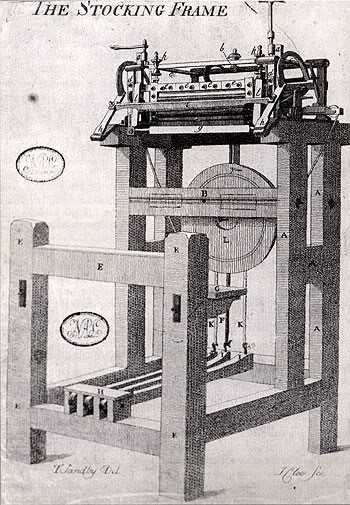
By the middle of the 19th century, this increase in mechanisation meant that commercial hand knitting was in steep decline. However, by now hand knitting was starting to grow as a hobby, and yarns and printed patterns were being specifically produced for the hobby market.
Knit for Tommy
During the First World War, the allied home front was encouraged to knit items including scarves, socks and gloves to help combat the harsh conditions of the trenches and support the soldiers.
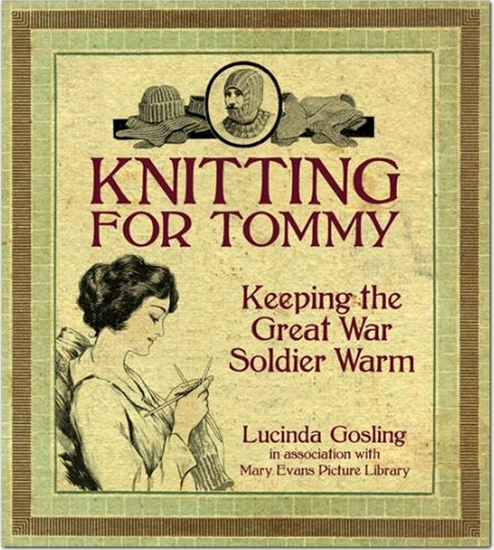
Knitting on the go!
At the end of the Russian Civil War of 1917-1922, the defeated White Russians retreated into Chinese territory, where they were interned. At this time, China itself was also about to descend into civil war, so the White Russians were moved by camel train to the eastern provinces of China. In this process they passed on their knitting skills to the Chinese caravan people. It was observed, in 1927, that these Chinese caravan people could knit and produce yarn while travelling on the back of a camel! They would grab handfuls of camel hair from the creatures’ necks, and work the hair between their hands to twist it into a useable yarn. From these handmade yarns they made themselves socks, and knitted items for sale.
En vogue
The world of fashion and knitwear collided in the 1920s, with the growing popularity of sweaters and pullovers as fashion items and sportswear. Vogue Magazine began to publish patterns, and Parisian couture began to showcase knitted garments. Also during this period, the then Prince of Wales was seen to wear a Fair Isle pullover whilst playing golf, which gave huge exposure to this knitting style.
By the recession of the 1930s, many people began to knit through necessity; it was now cheaper to knit your own garments than to buy them.
Sew for victory
Following the outbreak of the Second World War, the home front was once again encouraged to knit for ‘Our Boys’. Often they did this by unpicking old and unusable knitted items to make up for the short supply of raw materials.
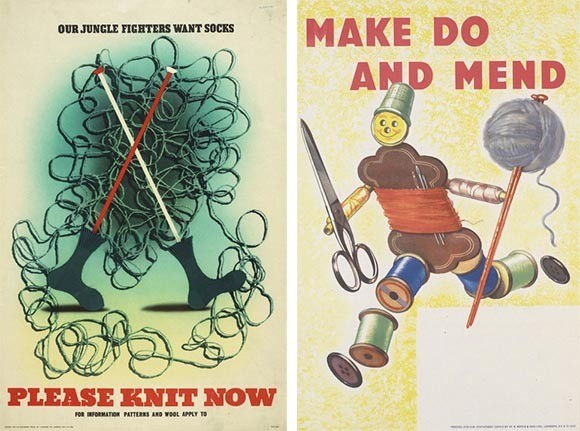
During the 1950s and 60s, knitting again grew in popularity, in part due to its increasing prevalence in Haute Couture, and also due to a greater range of availability of yarn colours and knitting patterns.
Sadly, the 1980s was a time of decline for knitters and manufacturers, but it was now that knitting began to evolve into a recognised art form.
The present
A loyal following of mature knitters kept the techniques and passion alive in the 1980s and 90s. Then, with the proliferation of the internet, knitters began to communicate and share ideas, and the most recent knitting revival was borne. Once again, manufacturers began launching new and exciting yarns made from natural materials, as well as traditional wool.
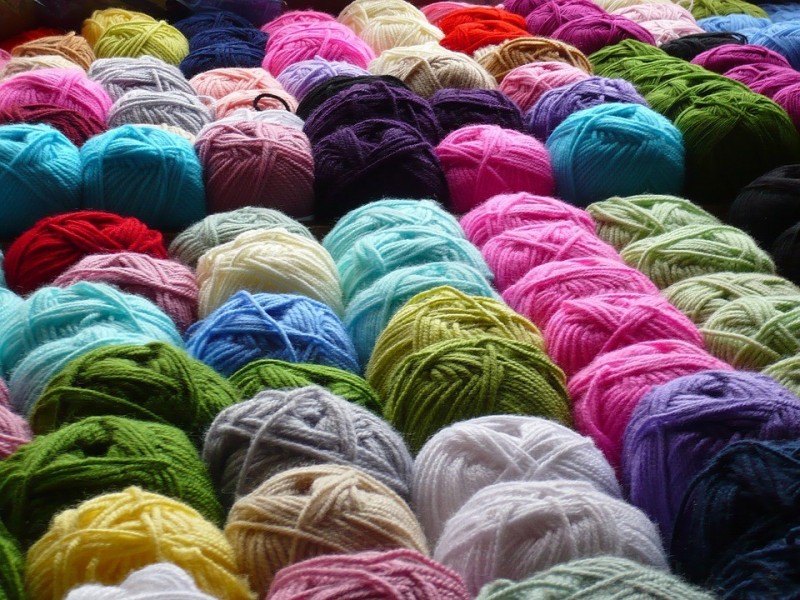
A number of national and international knitting events now exist to promote the dynamic design potential of knitting, and to share ideas and passion and introduce the market to traders, dealers and small-scale producers and dyers of yarns.
The future
To further enhance knitted garments, beads are now widely incorporated into knitted designs to add a dynamic, modern dimension.
At Boundless Beads, we supply a unique collection of 5/0 glass beads to the wool industry; a vibrant and dynamic collection which has been specifically designed for incorporating into woolen textiles and knitted garments.
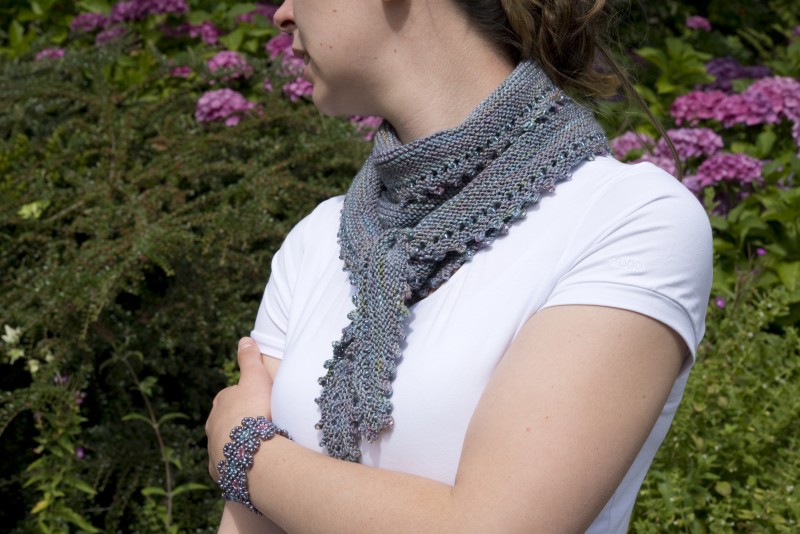
Win a bracelet!
Inspired by this beautiful hand-knitted, beaded scarf, it seemed only natural to create a delicate matching bracelet. To be in with a chance of WINNING the bracelet kit below, sign up for our latest newsletters and we will automatically enter you into our prize draw.* Good luck!

*The winner will be notified by email after the Yarndale Festival 24th & 25th of September 2016.
About Boundless Beads
Established in 1992, we are a UK-based, family-run business. We supply exquisite artisan beads and beautiful hand-crafted jewellery elements to the hobbyist market and to wholesale partners up and down the country.
We are privileged to work closely with some of the industry’s best glassworkers and bead-makers, many of whom hail from the world-renowned Bohemian dynasties of the Czech Republic. Many of the beads we sell are entirely unique to our collections and can be found no-where else in the marketplace. Please visit us at www.boundlessbeads.com
ENDS

